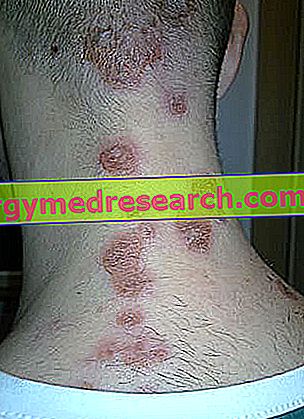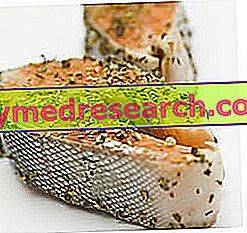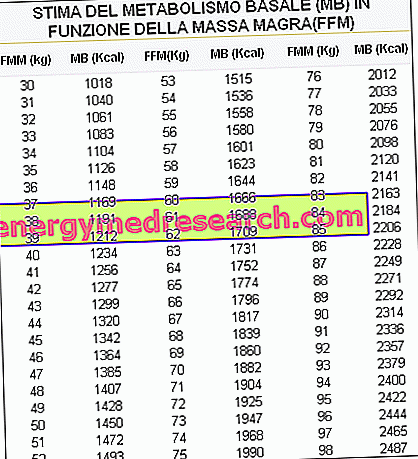Chylomicrons, used to transport lipid molecules absorbed in the intestine, are not the only lipoproteins present in our body. In the article dedicated to the absorption of fats we defined lipoproteins as particles characterized by a heart of lipidic nature, wrapped in a sort of protein shell. These proteins, being water-soluble, give these particles the ability to circulate without too many problems in the aqueous environment.
In addition to chylomicrons we must remember three other very important lipoproteins, called respectively VLDL, LDL and HDL.
These acronyms are acronyms related to their density:
VLDL: very low density lipoproteins
LDL: low density lipoproteins
HDL: high density lipoproteins
The density referred to is related to their lipid content. In particular, the density is lower the higher the triglycerides enclosed within the particle. It follows that:
VLDLs are lipoproteins with high triglyceride content
LDLs are low triglyceride lipoproteins *
HDLs are extremely low triglyceride lipoproteins *
* On the other hand LDL and HDL are characterized by a high cholesterol content.
Each of these lipoproteins covers different roles:
VLDL: they have the task of transferring triglycerides from the liver to the tissues; in particular, after having been synthesized in the liver, they are poured into the bloodstream and transferred mainly to the muscular and adipose tissue.
LDL and HDL: transport cholesterol in the bloodstream. While the LDL have the purpose of giving it to the tissues, the HDL are deputed to the removal of the cholesterol present in excess in the plasma
Difference between chylomicrons and VLDL: while the former originate from the intestine and convey dietary triglycerides to the tissues, VLDLs are assembled mainly in liver cells (hepatocytes) and mainly carry triglycerides of endogenous origin.
The liver synthesizes VLDL by enclosing a large amount of triglycerides in them. Unlike chylomicrons, these lipids do not come directly from the diet but are synthesized in the liver (endogenous origin). For example, if there is an excess of glucose in the blood, the liver is able to convert these sugars into triglycerides. The same thing happens in case of high calorie diet and too rich in proteins.
Within the VLDL we find therefore triglycerides in large quantities, but also a modest content of liposoluble vitamins, phospholipids and cholesterol. All these substances are enclosed by a protein shell.
VLDLs come out of the hepatic cell exocytosis and from there they pass into the bloodstream. Having arrived here, very low density lipoproteins can carry out their main action, which we have said is that of transferring triglycerides to tissues, especially to muscles and adipose reserves.
When VLDL arrives at the capillaries that supply these tissues, they are able to bind to the vascular wall and release the triglycerides that can: deposit in the adipose tissue, increasing its size or being oxidized to produce the energy necessary for cellular metabolism.
The VLDL, losing a large part of their triglyceride load, increase their density and the cholesterol content becomes more relevant in percentage terms. The VLDL, after having sold a large part of the triglycerides to the tissues, are transformed first into IDL (Intermediate Density Lipoproteins) and then, losing some more of their lipid load, in LDL.
Within the LDL the most relevant substance is cholesterol. The low density lipoproteins have in fact the purpose of traveling in the bloodstream and releasing cholesterol to the various cells of the body.
All cells need cholesterol, as this lipid enters the composition of plasma membranes. There are also cells that metabolize greater amounts of cholesterol, as they use it for further purposes. Endocrine cells, for example, use cholesterol as a starting molecule to produce steroid hormones; examples of this are the cells of the adrenal cortex, which produce cortisol and aldosterone, the testicles, which produce male sex hormones, and the ovaries, which obviously produce female sex hormones.

HDL, similar to other lipoproteins, are synthesized by the liver. They are characterized by a high phospholipid content, a modest triglyceride content and the usual protein coat that surrounds them. HDL perform the opposite function compared to LDL. These particles are in fact able to bind to the cell walls and to absorb excess cholesterol. At this point, cholesterol-laden HDLs return to the liver, where they penetrate into the liver cell releasing their lipid load. The liver can thus recover excess cholesterol or eliminate it through bile.



